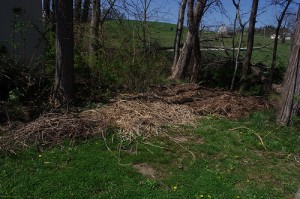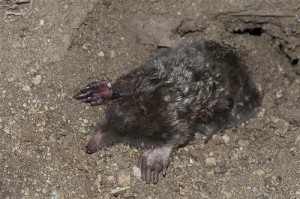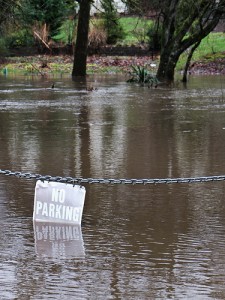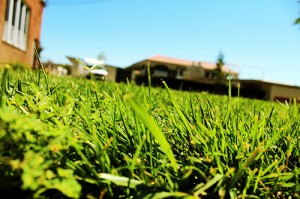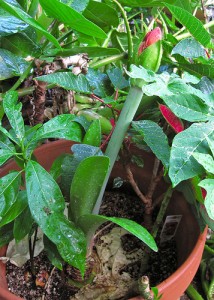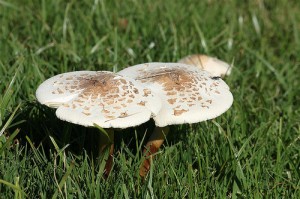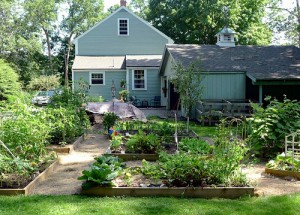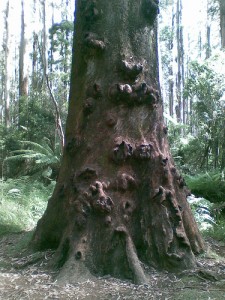
tree abnormalities such as this one should be inspected and treated http://www.flickr.com/photos/reillyb/2190517453/
Maintaining a healthy lawn consists of more than just your grass and shrubs. Ensuring the health of your trees not only helps create a beautiful landscape, but it is also an important safety factor for your home. Unfortunately, most people focus most of their attention on what’s on the ground, and neglect the massive things above them. If you have a damaged tree, it’s very important to treat the problem if possible, and if not, have the tree removed. Tree problems can be classified as diseases or disorders. Diseases are caused by infectious organisms. A disorder is a noninfectious problem caused by nonliving sources. A general rule is that if you notice anything unusual on the bark, trunk, roots or leaves, there may be a problem, but there are some specific signs to look for.
Leaves will often give you clues as to the type of damage your tree has. If you notice the leaves of a tree are much duller in color one season, this may be a sign of verticullum wilt disease. Continue reading
